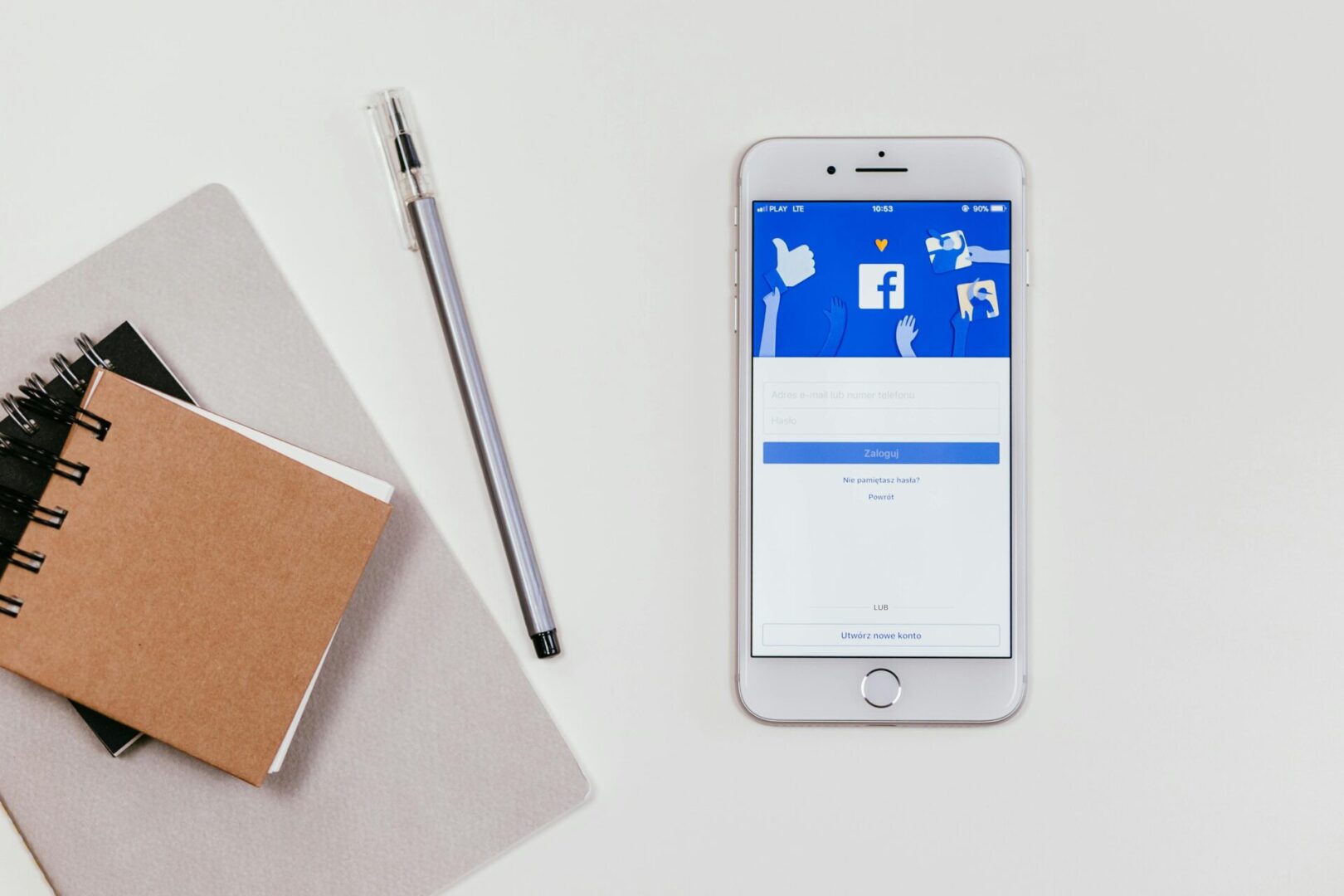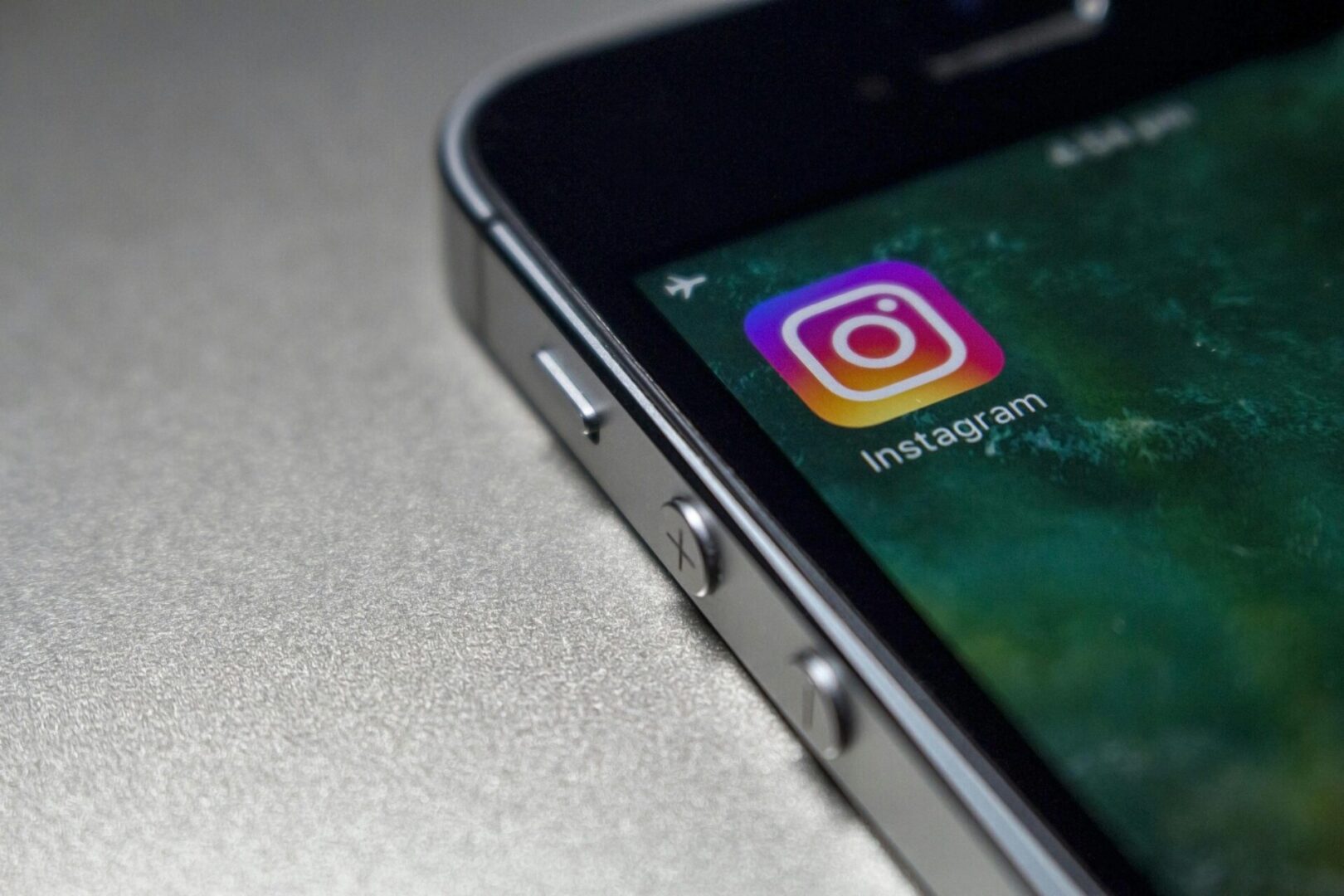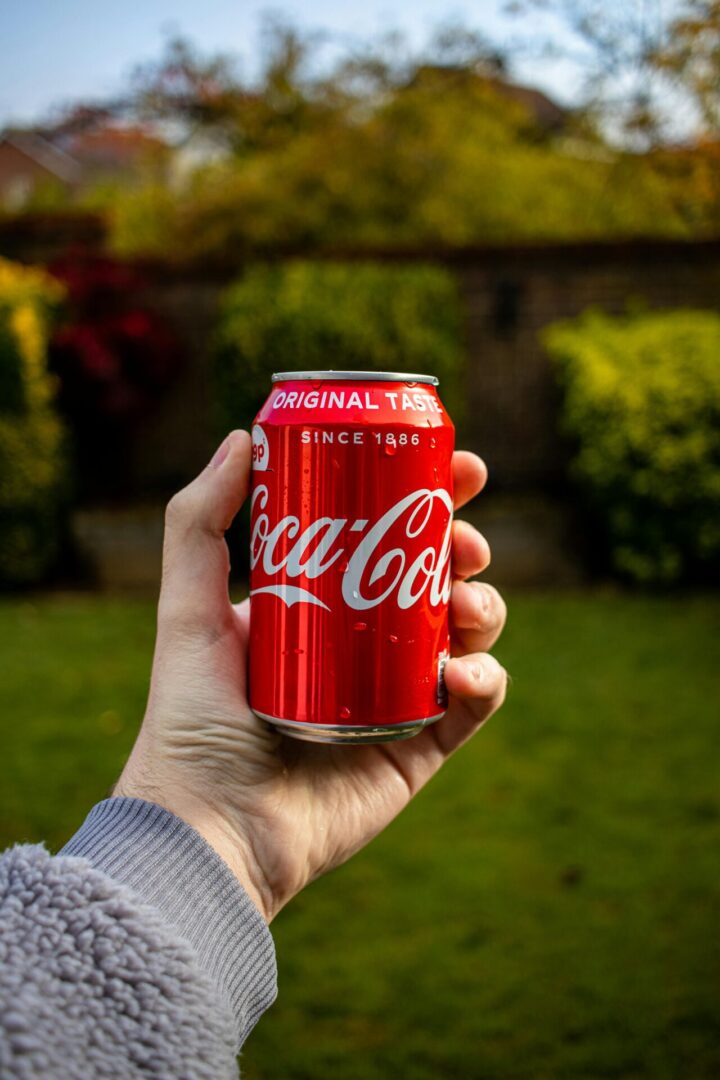
Facebook is to pay a record $5 billion fine, the US Federal Trade Commission declared this month.
Following allegations surrounding the Cambridge Analytica scandal – documented in a feature-length Netflix film released this month – the fine is believed to be the biggest ever issued in relation to privacy concerns.
However, Facebook’s growth remains strong, with net income up 39% in 2018, while results posted following the second quarter of 2019 saw stock jump 5%.
According to Marin Software’s latest State of Digital Advertising report, 27% of digital ad budgets remain in Facebook, despite reports that some advertisers are pulling out of the platform as a result of the scandal. Indeed, Lastminute.com recently announced it would be moving the vast majority of its spend into the platform, rather than Google.
These shifted budgets likely come as a result of product development, and the platforms’ respective advertising ecosystems. As a longstanding proposition, some Google Ads’ search markets have become extremely competitive; it is only sensible to look elsewhere for better value.
Facebook’s conversion-focused campaign formats have developed over the last few years and are increasingly successful at demonstrating ROI, albeit within a walled garden.
Products such as Dynamic Ads for broad audiences are showing how powerful Facebook’s machine learning has become at finding users likely to take action.
As a result of its easy-to-pull campaign-specific reports, Facebook as a platform is becoming better at rewarding short-termism. Pair this with its scale (and overlooking potential privacy concerns) and it is easy to see the increasing appeal, compared to the more competitive search markets and increasing CPCs.
As more advertisers increase budgets there is a fear that Facebook will become saturated, but this is likely a long way off for the platform.
Continuing improvements in targeting and automated bidding strategies are increasing conversion rates, meaning advertisers can afford to pay increasing CPMs – as long as they are finding the most valuable users.
As Facebook’s solutions develop we would over time expect a slowdown in growth, but for now Google is fighting back, increasing its efforts to develop its advertising solutions and measurement capabilities in environments outside of search, particularly YouTube.
Google is not without its own concerns, with the tech giant currently at the centre of an inquiry into whether it breached EU privacy rules in its processing of data.
Crucially, the platforms cannot be compared directly in terms of their advertising role. Users interact with the platforms in different ways, and they play different roles in the journey to conversion. Advertisers should continue to be wary of short-termism, and the desire to look at the bottom of the funnel, when allocating budget.





Recent Comments